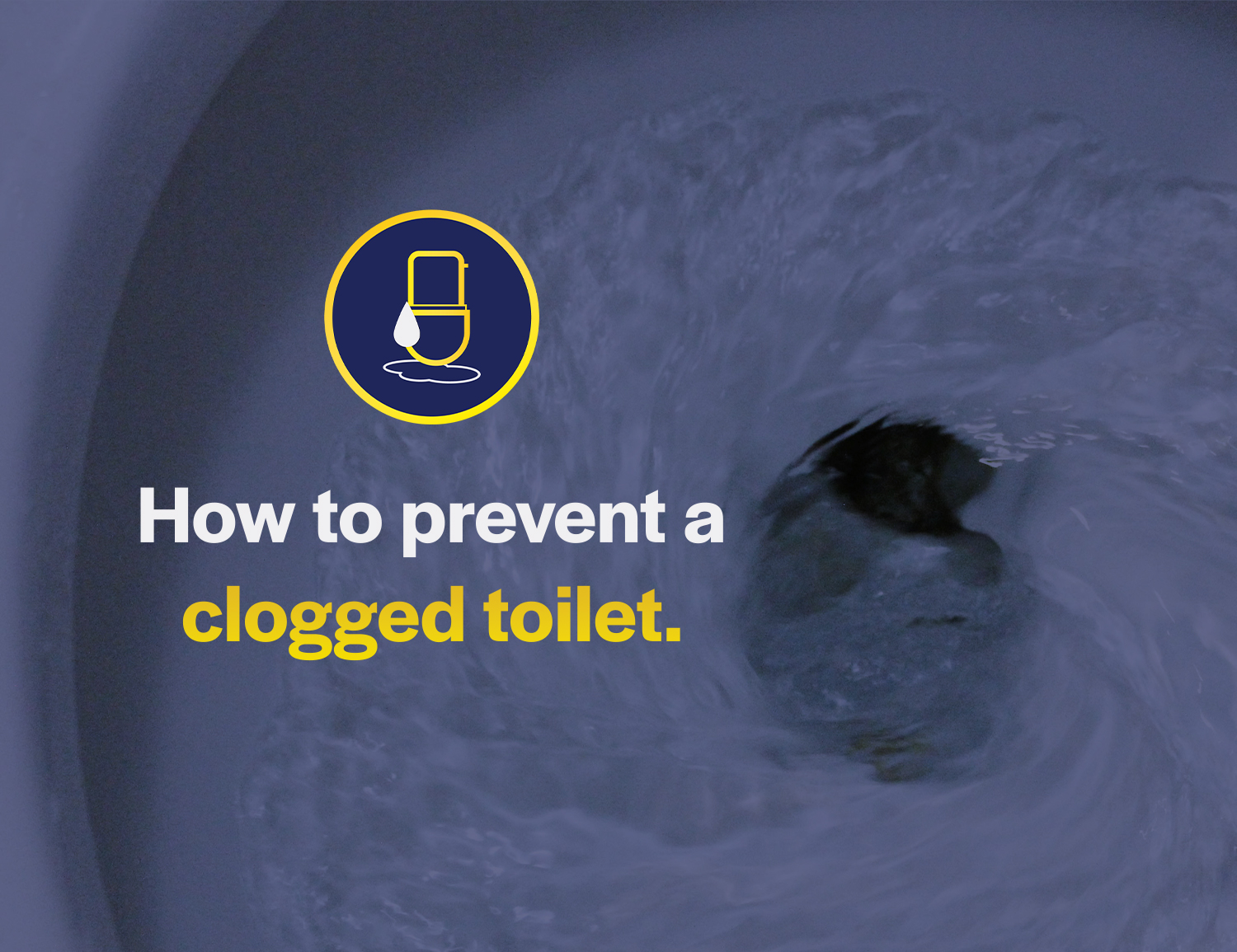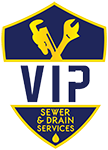
Few household inconveniences are as universally dreaded as a clogged toilet. Not only can it disrupt daily routines, but it also brings with it a sense of embarrassment and frustration. However, with a little knowledge and proactive maintenance, you can significantly reduce the likelihood of encountering this plumbing nightmare. In this comprehensive guide, we’ll explore effective strategies and practical tips to prevent clogged toilets and keep your bathroom running smoothly.
Understanding the Causes of Toilet Clogs
Before delving into prevention methods, it’s essential to understand the common culprits behind toilet clogs. By identifying these factors, you can adopt preventive measures tailored to your specific needs. Some primary causes of toilet clogs include:
Excessive Toilet Paper Usage: Using an excessive amount of toilet paper in a single flush can overwhelm the toilet’s drainage system, leading to clogs.
Flushing Non-Flushable Items: Flushing non-flushable items such as wipes, feminine hygiene products, cotton balls, and paper towels can easily cause blockages in the toilet and the plumbing system.
Hard Water Deposits: Hard water contains minerals like calcium and magnesium, which can accumulate in toilet pipes over time, reducing water flow and increasing the risk of clogs.
Foreign Objects: Accidentally dropping items like toys, jewelry, or small bathroom accessories into the toilet bowl can obstruct the drain and cause clogs.
Faulty or Aging Plumbing: Older plumbing systems or damaged pipes are more prone to clogs and blockages due to decreased water flow and increased vulnerability to debris buildup.
Practical Tips for Preventing Toilet Clogs
Now that we’ve identified the common causes of toilet clogs, let’s explore proactive measures you can take to prevent them and maintain a smoothly functioning toilet:
Use Toilet Paper Wisely: Practice moderation when using toilet paper. Avoid excessive wadding or multiple flushes for large amounts of toilet paper. Consider using thinner or septic-safe toilet paper to reduce the risk of clogs.
Educate Household Members: Teach household members, especially children, about proper toilet etiquette. Emphasize the importance of flushing only toilet paper and human waste down the toilet and avoiding the disposal of non-flushable items.
Provide Waste Baskets: Place waste baskets in the bathroom to encourage the proper disposal of non-flushable items like wipes, cotton swabs, and feminine hygiene products. Remind family members and guests to use the waste basket instead of flushing these items down the toilet.
Invest in a Plunger: Keep a high-quality plunger handy in the bathroom to address minor clogs promptly. Familiarize yourself with proper plunging techniques to effectively dislodge obstructions without causing damage to the toilet or plumbing system.
Install a Toilet Auger: Consider investing in a toilet auger, also known as a closet auger, for more stubborn clogs that cannot be resolved with a plunger. Toilet augers are designed to reach deep into the toilet’s drain to break up and remove blockages effectively.
Regular Maintenance: Schedule regular maintenance checks for your plumbing system, including the toilet, to identify and address potential issues before they escalate into major problems. Inspect the toilet tank, bowl, and flushing mechanism for signs of leaks, corrosion, or malfunction.
Monitor Water Quality: If you live in an area with hard water, consider installing a water softener system to reduce mineral deposits in your plumbing fixtures and pipes. Alternatively, use vinegar or commercial descaling solutions periodically to dissolve mineral buildup in the toilet bowl and pipes.
Be Mindful of Foreign Objects: Exercise caution when using the toilet, especially when handling small objects or accessories. Keep small items out of reach of children to prevent accidental drops into the toilet bowl.
Address Plumbing Issues Promptly: If you notice slow drainage, gurgling noises, or recurring clogs in your toilet, address these issues promptly to prevent further damage to your plumbing system. Consult a licensed plumber for professional inspection and repairs if necessary.
Preventing a clogged toilet requires a combination of proactive measures, responsible usage habits, and regular maintenance. By following the practical tips outlined in this guide, you can minimize the risk of encountering toilet clogs and ensure a smoothly functioning bathroom environment for you and your household. Remember that prevention is key, so take proactive steps to safeguard your toilet and plumbing system against the inconvenience and expense of clogged drains. With a little care and attention, you can enjoy hassle-free flushing and peace of mind knowing that your toilet is operating at its best. For plumbing emergencies, rest at ease knowing that skilled and experienced plumbers at VIP Sewer and Drain Services are available 24/7.


